Hermitage Paradis Cognacs: Unlocking the Secrets of Aged Perfection
Hermitage Paradis Cognac offers a rare glimpse into the artistry and heritage of one of the finest spirits ever created. Produced from the most treasured reserves, often stored for decades, Paradis refers to the oldest and most prestigious cognac in a house’s cellar. For collectors and enthusiasts alike, Hermitage Paradis represents the pinnacle of Grande Champagne Cognac production, boasting unparalleled quality, depth of flavour, and historical significance.
What Makes a Paradis Cognac?
Paradis Cognacs are typically drawn from the ‘bonbonnes’, glass demijohns where the oldest and most precious eaux-de-vie are carefully preserved. These spirits, often aged far beyond typical bottlings, retain a purity and concentration of flavour that is unrivalled. At Hermitage Cognac, the cognac used for Paradis bottlings comes from Grande Champagne, the Premier Cru of the Cognac region, renowned for producing cognacs with exceptional aging potential. Here, the limestone-rich soils impart a unique minerality that enhances the complexity of the eaux-de-vie over time.
Hermitage Paradis Cognacs are the embodiment of traditional craftsmanship, meticulously distilled in small copper stills known as alembics, and aged in the finest French oak barrels. Over the decades, these cognacs develop the famed “rancio” characteristic—a deeply savoury, nutty flavour unique to well-aged spirits. This complexity, coupled with the natural concentration of fruit and spice, makes Hermitage Paradis a connoisseur’s dream.
A Symphony of Flavours
Tasting Hermitage Paradis is an extraordinary experience, where layers of flavour reveal themselves slowly, evolving over time in the glass. On the nose, expect aromas of dried fruits—figs, apricots, and prunes—mingled with subtle notes of cigar box, antique wood, and vanilla. The palate offers a sumptuous richness, with honeyed fruits, nuts, spices, and a delicate touch of oak. The finish is astonishingly long, with echoes of orange peel, dark chocolate, and the prized rancio.
This cognac’s depth and complexity come from decades spent ageing in the perfect environment. Kept in damp, underground cellars, the spirit’s gradual interaction with the wood results in a balance of strength and finesse that few spirits can match.
A Collector’s Dream
With its rarity, exceptional age, and impeccable provenance, Hermitage Paradis is highly sought after by collectors. As with all Paradis cognacs, its scarcity adds to its value, making it not just a drink but an investment in history. Each bottle is a testament to the dedication and expertise of generations of cellar masters, passed down through the centuries.
For those who appreciate the finest things in life, Hermitage Paradis Cognacs’ offers a journey through time—a chance to taste the culmination of years of patient artistry. Whether enjoyed as an extraordinary gift, personal indulgence or investment purposes, this is a cognac to be savoured, admired, and revered.

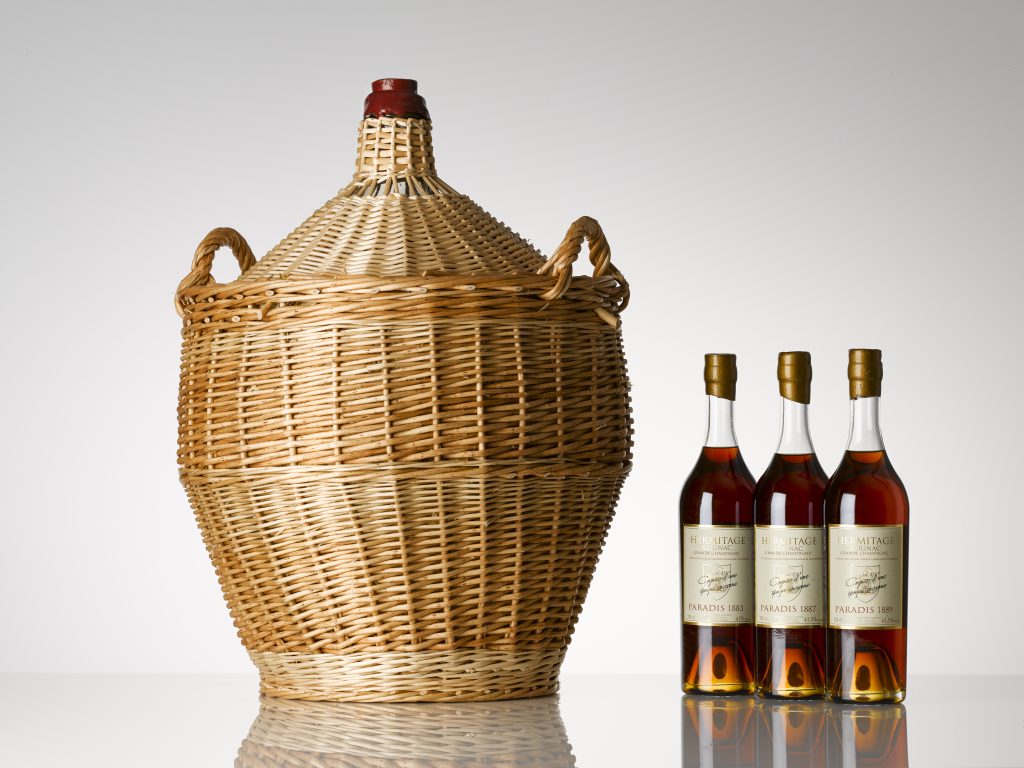
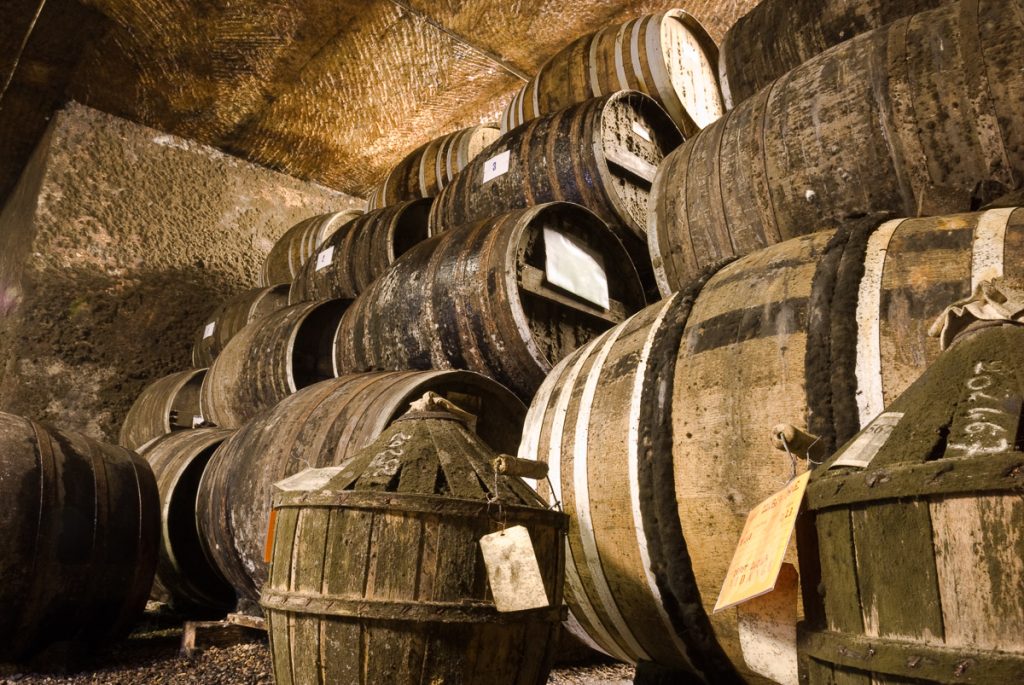
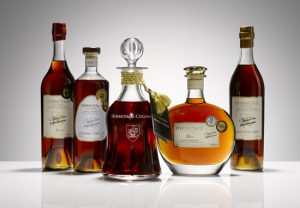 We love to celebrate National Cognac Day! This year it’s on Sunday 4th June so if you have a bottle you keep for special occasions or fancy trying something new for the first time, this is time to do it!
We love to celebrate National Cognac Day! This year it’s on Sunday 4th June so if you have a bottle you keep for special occasions or fancy trying something new for the first time, this is time to do it!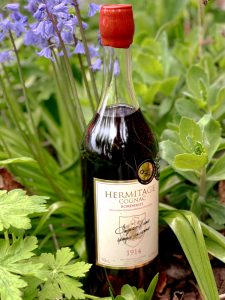 We were fascinated to read an interview with Bénédicte Hardy in ‘Frenchly’. Bénédicte is the fifth generation to be involved with the House of Hardy cognacs, although much of her time has been spent working in the US.
We were fascinated to read an interview with Bénédicte Hardy in ‘Frenchly’. Bénédicte is the fifth generation to be involved with the House of Hardy cognacs, although much of her time has been spent working in the US.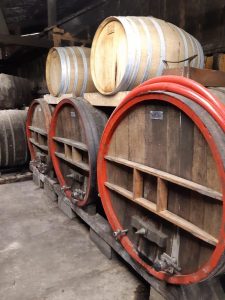 COGNAC
COGNAC The first World Aperitivo Day will be rolled out on a global basis on 26 May 2022, but what exactly is an aperitivo?
The first World Aperitivo Day will be rolled out on a global basis on 26 May 2022, but what exactly is an aperitivo?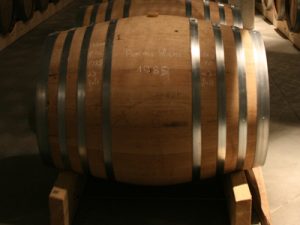 Single Cask is a term well known in the whisky industry, it certainly gives a product increased status and price but why is that? The phrase Single Cask suggests a unique glimpse into a particular set of circumstances that has given rise to a one-off personality. The whisky may be from a certain year where the distillery was using a particular mashing regime, yeast strain or set of stills. It may have been stored in a warehouse that is known to provide certain conditions. The barrel itself is unique as no two trees are identical and coopers’ techniques differ, so the flavours that develop will be only found in that cask. Every distillery has its official range of bottlings which are created to please as many people as possible, but a Single Cask captures the stage before the identity is lost in the blend. For distillery fans, this takes their experience a step further. Rarity imparts value and so a Single Cask will be highly sought after.
Single Cask is a term well known in the whisky industry, it certainly gives a product increased status and price but why is that? The phrase Single Cask suggests a unique glimpse into a particular set of circumstances that has given rise to a one-off personality. The whisky may be from a certain year where the distillery was using a particular mashing regime, yeast strain or set of stills. It may have been stored in a warehouse that is known to provide certain conditions. The barrel itself is unique as no two trees are identical and coopers’ techniques differ, so the flavours that develop will be only found in that cask. Every distillery has its official range of bottlings which are created to please as many people as possible, but a Single Cask captures the stage before the identity is lost in the blend. For distillery fans, this takes their experience a step further. Rarity imparts value and so a Single Cask will be highly sought after.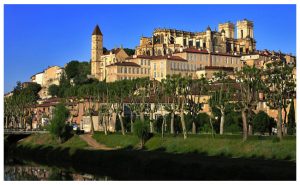 Armagnac
Armagnac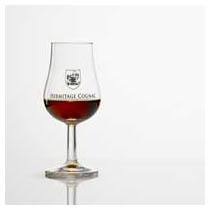 The digestif is an alcoholic drink served after dinner to aid digestion. So, one may ask, does it? Well yes it does. I guess that you would expect me to say this as
The digestif is an alcoholic drink served after dinner to aid digestion. So, one may ask, does it? Well yes it does. I guess that you would expect me to say this as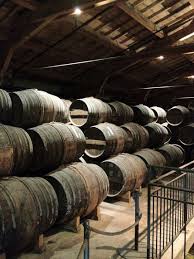 A little more than fifty years ago, I tasted my first early vintage cognac. It was a landmark tasting since, for the first time, I was able to understand the complexity of flavours which develop over time and create some of the most sought after cognac properties, which only a few people will ever be able to appreciate. Unlike any other spirit, the flavour of
A little more than fifty years ago, I tasted my first early vintage cognac. It was a landmark tasting since, for the first time, I was able to understand the complexity of flavours which develop over time and create some of the most sought after cognac properties, which only a few people will ever be able to appreciate. Unlike any other spirit, the flavour of 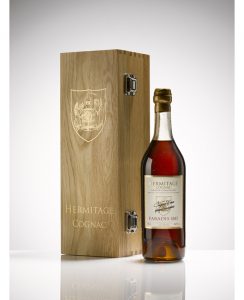 Around 40 years ago I was privileged to be given what today I would describe as, one of the 10 finest
Around 40 years ago I was privileged to be given what today I would describe as, one of the 10 finest